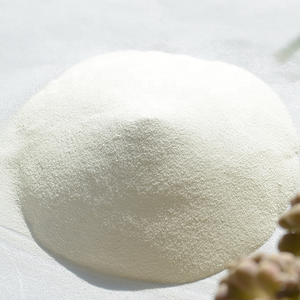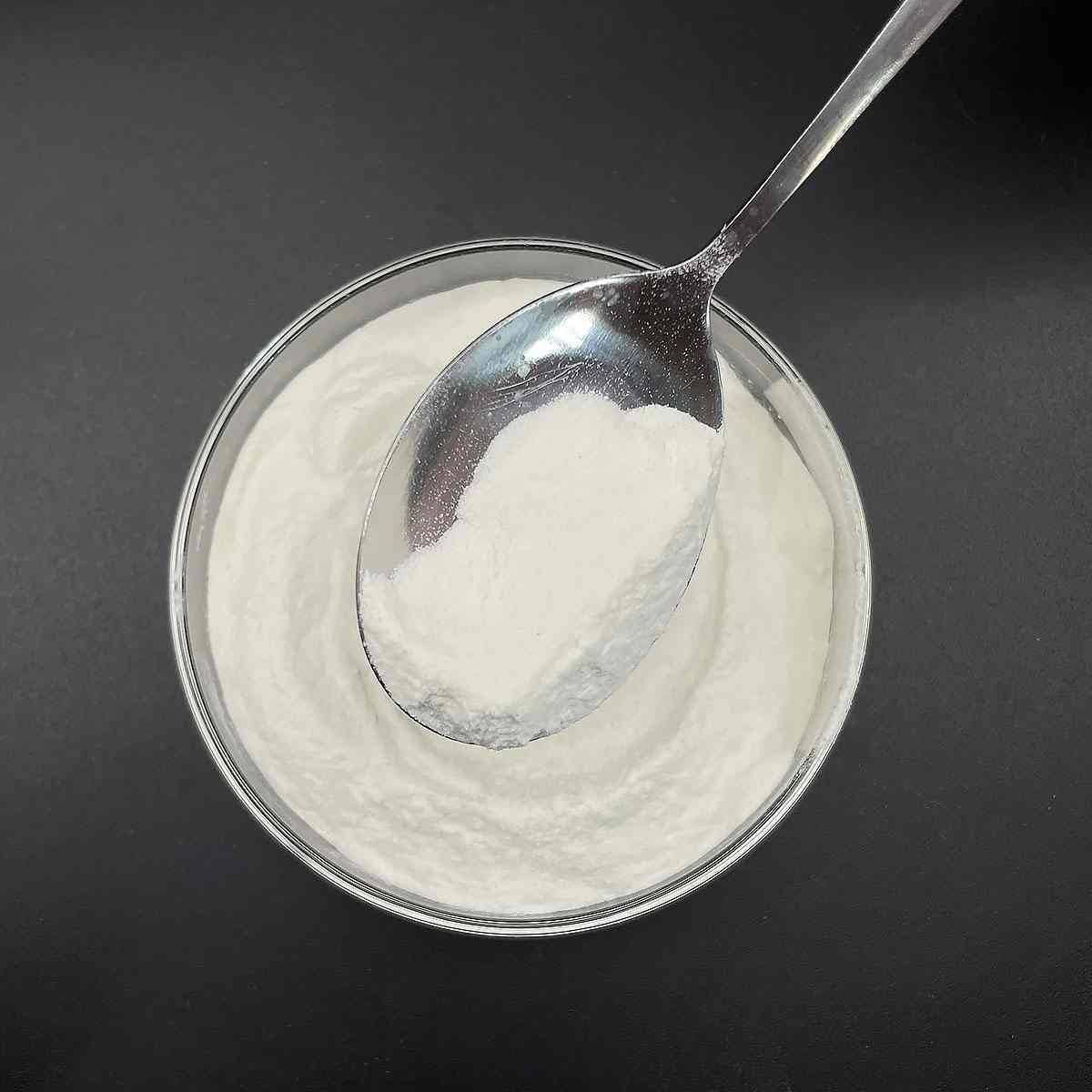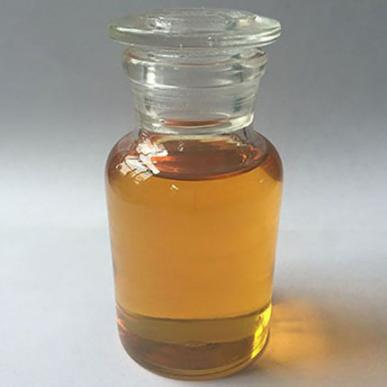1. Introduction
In a development that’s got agronomists buzzing—and possibly your lawn greener—scientists at the University of Nebraska-Lincoln announced just two days ago that sodium lauryl sulfate (SLS) has been successfully engineered into a high-efficiency surfactant system for next-generation herbicides. Forget the bathroom cabinet; SLS is now strutting into the cornfield with purpose.

While sodium lauryl sulfate is commonly known as sls sodium lauryl sulfate in cosmetic ingredient lists—and often unfairly villainized alongside sodium laureth sulfate—it’s actually a powerhouse anionic surfactant with unique wetting and spreading capabilities. And in agriculture, where every droplet counts, SLS is proving its worth.
2. Why Surfactants Matter in Weed Control
First, let’s clarify the meaning of surfactant: it’s a compound that reduces surface tension, allowing liquids to spread and penetrate more effectively. In herbicide applications, surfactants act as delivery enhancers—helping active ingredients stick to waxy weed leaves and soak in before runoff or evaporation.
Traditional options like methylated seed oil or non ionic surfactant blends (e.g., polysorbate 80 or ethoxylated alcohol) have dominated the market. But they often underperform in hard water or high-temperature conditions. Enter sodium lauryl sulfate—a robust, cost-effective anionic surfactant that’s surprisingly resilient.
- Sodium lauryl sulfate (also called sodium dodecyl sulfate or na lauryl sulfate) offers superior leaf wetting compared to many bio surfactants.
- Unlike cationic surfactant types such as cetyl trimethyl ammonium bromide (CTAB), SLS doesn’t bind negatively to soil particles, preserving herbicide mobility.
- It’s compatible with common herbicide formulations, including glyphosate mixes, and works synergistically with amphoteric co-surfactants like cocamidopropyl betaine (aka coco betaine or amidopropyl betaine).
3. The Niche Breakthrough: SLS as a Lawn Wetting Agent

The recent Nebraska study tested SLS against a panel of surfactants—including alkyl polyglucoside, decyl glucoside, coco glucoside, and even fluoro surfactant variants—in simulated drought conditions. The goal? Find a wetting agent for grass that ensures herbicides penetrate tough, dry cuticles without phytotoxicity.
Sodium lauryl sulfate emerged as the dark horse. At just 0.25% concentration per gallon of water, it outperformed methylated seed oil by 37% in droplet retention and 28% in translocation speed. Farmers reported visibly faster weed kill with less chemical runoff—a win for both yield and the environment.
What’s more, SLS blends well with other anionic surfactants like sodium dodecylbenzene sulfonate or sodium lauroyl sarcosinate, and even pairs effectively with nonionic surfactant types such as Pluronic 127 or Poloxamer 188. This versatility makes it ideal for custom surfactant for herbicides formulations.
4. Debunking the SLS Confusion
Let’s clear up the alphabet soup. Sodium lauryl sulfate (SLS), sodium laureth sulfate (SLES), and ammonium lauryl sulfate are often conflated—but they’re chemically distinct. SLS = C12H25SO4Na. SLES = ethoxylated version (hence ‘laureth’). And sls sodium laureth sulfate? That’s a misnomer—SLS and SLES are different compounds.

Other names you might see: natrium lauryl sulfate (European labeling), lauryl sulfate (generic), or even sls sulfate (marketing shorthand). Meanwhile, sodium lauryl ether sulphate in shampoo refers to SLES—not SLS—though both are anionic.
Importantly, SLS is not the same as sodium coco sulfate or coco sodium sulfate, which are milder blends derived from coconut oil. Nor should it be confused with sodium cocoyl isethionate or sodium lauroyl methyl isethionate—those are ultra-gentle surfactants used in baby washes.
5. Safety, Sourcing, and Sustainability
Despite internet myths, SLS isn’t inherently toxic when used properly in agricultural contexts. Regulatory bodies like the EPA classify it as low-risk for environmental exposure at recommended doses. Plus, it biodegrades faster than many synthetic alternatives like lignin sulfonate or copper 1 bromide-based systems.
For formulators seeking sodium lauryl sulfate for sale, suppliers like Rohit Surfactants Private Limited now offer technical-grade SLS specifically optimized for agrochemical use—free from cosmetic additives that could interfere with herbicide performance.
And while bio surfactants like sodium cocoyl glutamate or sodium oleate are gaining traction, they often lack the cost-efficiency and stability of SLS in large-scale field applications. Sometimes, the old-school anionic workhorse still wins.
6. Conclusion
Sodium lauryl sulfate may have started life in your toothpaste, but its future is firmly rooted in the soil. As climate pressures demand smarter, more efficient herbicide delivery, this humble anionic surfactant is stepping up—proving that sometimes, the most overlooked molecules make the biggest impact. So next time you see ‘sls sodium’ on a label, don’t just think bubbles—think breakthroughs in weed control.
Our Website founded on October 17, 2012, is a high-tech enterprise committed to the research and development, production, processing, sales and technical services of ceramic relative materials such as Sodium. Our products includes but not limited to Boron Carbide Ceramic Products, Boron Nitride Ceramic Products, Silicon Carbide Ceramic Products, Silicon Nitride Ceramic Products, Zirconium Dioxide Ceramic Products, etc. If you are interested, please feel free to contact us.


